SpringBoot集成cache缓存的实现
日常开发中,缓存是解决数据库压力的一种方案,通常用于频繁查询的数据,例如新闻中的热点新闻,本文记录springboot中使用cache缓存。
官方文档介绍:https://docs.spring.io/spring-boot/docs/2.1.0.RELEASE/reference/htmlsingle/#boot-features-caching-provider-generic
工程结构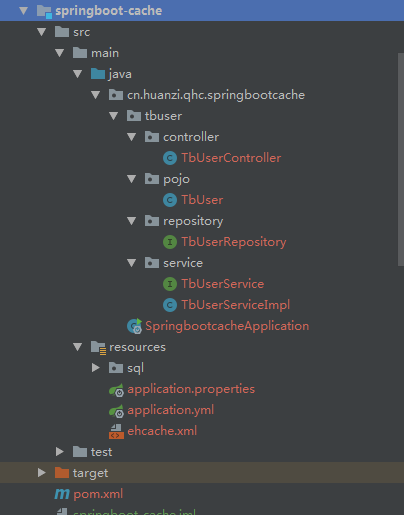
pom引入依赖,引入cache缓存,数据库使用mysql,ORM框架用jpa
<!--添加springdata-cache依赖 --><dependency> <groupId>org.springframework.boot</groupId> <artifactId>spring-boot-starter-cache</artifactId></dependency><!-- 引入ehcache支持 --><dependency> <groupId>net.sf.ehcache</groupId> <artifactId>ehcache</artifactId></dependency><!--添加springdata-jpa依赖 --><dependency> <groupId>org.springframework.boot</groupId> <artifactId>spring-boot-starter-data-jpa</artifactId></dependency><!--添加MySQL驱动依赖 --><dependency> <groupId>mysql</groupId> <artifactId>mysql-connector-java</artifactId></dependency>
配置文件
server.port=10010spring.application.name=springboot-cachespring.cache.type=ehcachespring.cache.ehcache.config=classpath:/ehcache.xml
ehcache.xml
<?xml version='1.0' encoding='UTF-8'?><ehcache xmlns:xsi='http://www.w3.org/2001/XMLSchema-instance' xsi:noNamespaceSchemaLocation='http://ehcache.org/ehcache.xsd' updateCheck='false'> <!-- 磁盘缓存位置 --> <diskStore path='java.io.tmpdir'/> <!-- maxEntriesLocalHeap:堆内存中最大缓存对象数,0没有限制 --> <!-- maxElementsInMemory: 在内存中缓存的element的最大数目。--> <!-- eternal:elements是否永久有效,如果为true,timeouts将被忽略,element将永不过期 --> <!-- timeToIdleSeconds:发呆秒数,发呆期间未访问缓存立即过期,当eternal为false时,这个属性才有效,0为不限制 --> <!-- timeToLiveSeconds:总存活秒数,当eternal为false时,这个属性才有效,0为不限制 --> <!-- overflowToDisk: 如果内存中数据超过内存限制,是否要缓存到磁盘上 --> <!-- statistics:是否收集统计信息。如果需要监控缓存使用情况,应该打开这个选项。默认为关闭(统计会影响性能)。设置statistics='true'开启统计 --> <!--默认缓存无过期时间,但 600 秒内无人访问缓存立即过期 --> <defaultCache maxElementsInMemory='1000' eternal='false' timeToIdleSeconds='600' timeToLiveSeconds='0' overflowToDisk='false'> </defaultCache> <!--xx业务缓存在有效的 120 秒内,如果连续 60 秒未访问缓存,则缓存失效。就算有访问,也只会存活 120 秒。 --> <cache name='myCache' maxElementsInMemory='1000' eternal='false' timeToIdleSeconds='120' timeToLiveSeconds='0' overflowToDisk='false'> </cache></ehcache>
先写一个套tb_user表的CRUD代码
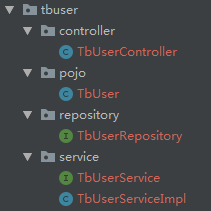
@RestController@RequestMapping('/tbUser/')public class TbUserController { @Autowired private TbUserService tbUserService; //方便测试暂时改成GetMapping @GetMapping('list')// @PostMapping('list') public List<TbUser> list(TbUser entityVo) {return tbUserService.list(entityVo); } @GetMapping('get/{id}') public TbUser get(@PathVariable('id')Integer id) {return tbUserService.get(id); } //方便测试暂时改成GetMapping @GetMapping('save')// @PostMapping('save') public TbUser save(TbUser entityVo) {return tbUserService.save(entityVo); } @GetMapping('delete/{id}') public Integer delete( @PathVariable('id') Integer id) {return tbUserService.delete(id); }}
opjo实体类要实现序列化
@Entity@Table(name = 'tb_user')@Datapublic class TbUser implements Serializable { @Id @GeneratedValue(strategy= GenerationType.IDENTITY) private Integer id;//表id private String username;//用户名 private String password;//密码 private Date created;//创建时间 private Integer descriptionId;//关联详情id}
serviceImpl中,使用注解来开启缓存
@Service@Transactional@CacheConfig(cacheNames = {'myCache'})public class TbUserServiceImpl implements TbUserService{ @PersistenceContext private EntityManager em; @Autowired private TbUserRepository tbUserRepository; //@Cacheable缓存数据:key为userList,value为返回值List<TbUser> @Cacheable(key = '’userList’') @Override public List<TbUser> list(TbUser entityVo) {System.out.println('获取list用户列表缓存数据,'+new Date());return tbUserRepository.findAll(Example.of(entityVo)); } //@Cacheable缓存数据:key为参数id,value为返回值TbUser @Cacheable(key = '#id') @Override public TbUser get(Integer id) {System.out.println('获取数据缓存,key:'+id);Optional<TbUser> optionalE = tbUserRepository.findById(id);if (!optionalE.isPresent()) { throw new RuntimeException('ID不存在!');}return optionalE.get(); } //@CachePut缓存新增的或更新的数据到缓存,其中缓存的名称为people,数据的key是person的id @CachePut(key = '#entityVo.id') // @CacheEvict从缓存中删除key为参数userList的数据 @CacheEvict(key = '’userList’') @Override public TbUser save(TbUser entityVo) {System.out.println('新增/更新缓存,key:'+entityVo.getId());//entityVo传啥存啥,会全部更新return tbUserRepository.save(entityVo); } //清空所有缓存 @CacheEvict(allEntries=true) @Override public Integer delete(Integer id) {System.out.println('清空所有缓存');tbUserRepository.deleteById(id);return id; }}
效果演示
http://localhost:10010/tbUser/save?id=2&username=李四
调用save方法,key为2,value为当前tbUser对象的数据被缓存下来
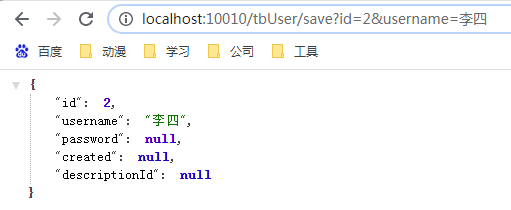

http://localhost:10010/tbUser/get/2
当我们调用get方法时,直接获取缓存数据,控制台啥也不打印,连serviceImpl的get方法都不进去(可以打断点调试)
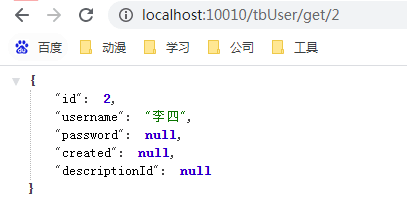

http://localhost:10010/tbUser/save?id=2&username=王五
当我们再次调用save方法更新username时,缓存数据也被更新
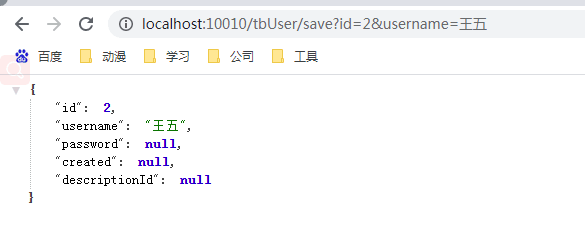

http://localhost:10010/tbUser/get/2
再次调用get接口,直接返回缓存数据,后台也是方法都不进去,啥也不打印
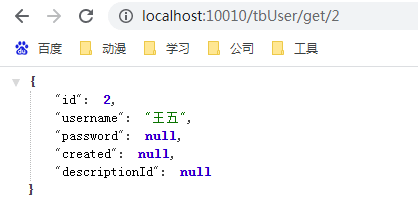
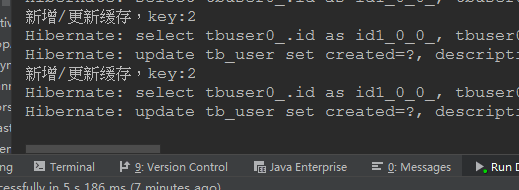
http://localhost:10010/tbUser/delete/2
调用delete接口,删除数据,同时删除缓存
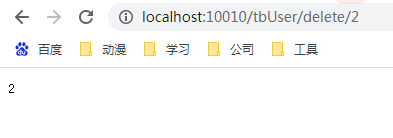

再次调用get接口,发现缓存数据被清除,查询数据库
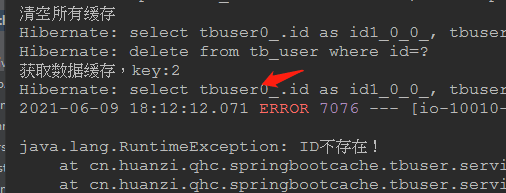
http://localhost:10010/tbUser/list
首次调用list接口,key为userList的,value为用户集合数据被缓存下来,再次调用直接返回缓存数据
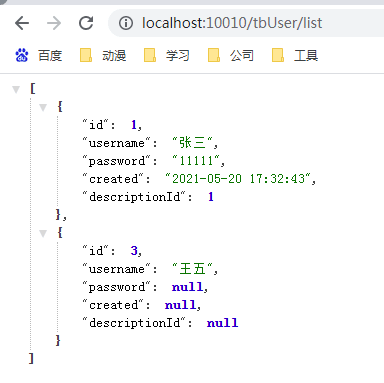

当调用save接口,数据更新,删除key为userList的缓存,再次调用list时,重新查库并设置缓存
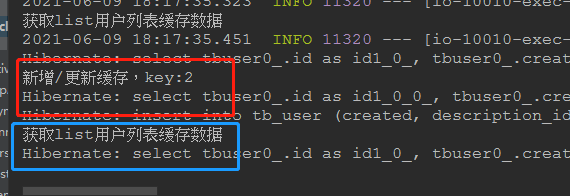
我们配置了缓存发呆时间,当120秒内未使用该缓存,立即过期,一直用就会一直存在
我们先同时访问两个接口list、get,list接口2分钟后再次访问,get接口不能超过2分钟是不是访问一下,结果如预期

PS:原先使用了这个jar包,有报错
<dependency> <groupId>org.ehcache</groupId> <artifactId>ehcache</artifactId> <version>3.8.1</version> </dependency>
后面改成用上面“代码编写”里pom中引的jnet.sf.ehcache下面的ar
后记缓存除了能缓解数据库压力,还能做用户登录状态控制,例如:用户登录成功后cookie中保存颁发的token令牌设置永不过期,缓存存活时间也设置永不过期,发呆时间设置1天,这样只有用户在1天内有访问缓存接口,那他就可以一直保留登录状态,直至有其他业务将token或者缓存清掉。
springboot使用cache缓存暂时先记录到这,后续有空再进行补充。
代码开源代码已经开源、托管到我的GitHub、码云:
GitHub:https://github.com/huanzi-qch/springBoot
码云:https://gitee.com/huanzi-qch/springBoot
到此这篇关于SpringBoot集成cache缓存的实现的文章就介绍到这了,更多相关SpringBoot cache缓存内容请搜索好吧啦网以前的文章或继续浏览下面的相关文章希望大家以后多多支持好吧啦网!
相关文章:

 网公网安备
网公网安备